Check out the latest articles here. We are in the ‘know’, whether it is CIPP (Cure-In-Place piping) or trenchless digging.
When Do You Use CIPP?
September 13, 2017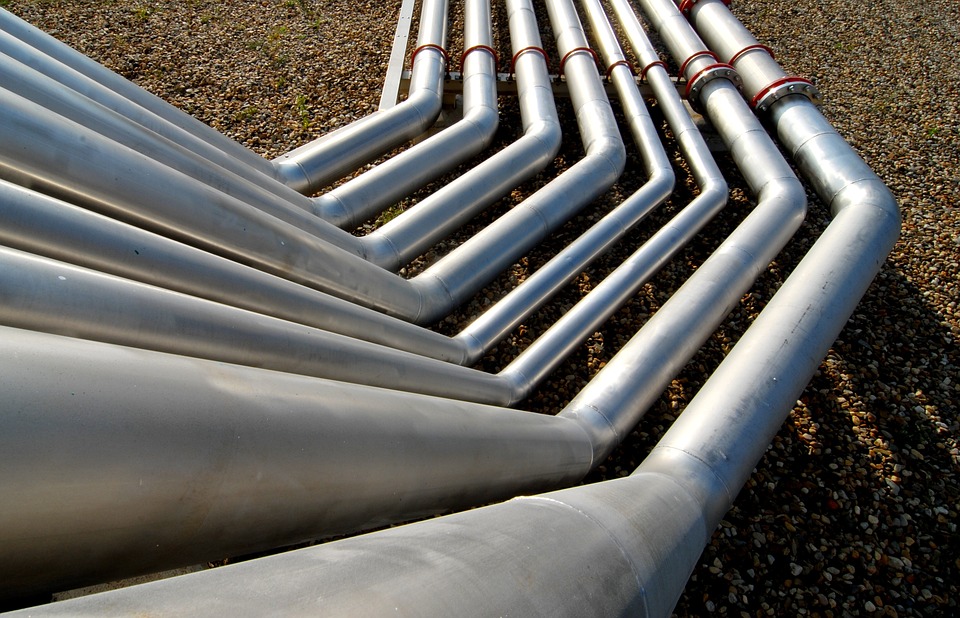
CIPP, or cured in place pipe, is a method of pipe repair that provides a more practical and cost-effective way for you to fix your commercial sewer line problems. CIPP is a form of trenchless technology that takes the traditional pipe excavation methods, and delivers a less intrusive way of handling problems with sewer pipes […]
Read MoreFive Advantages of CIPP Repair
August 30, 2017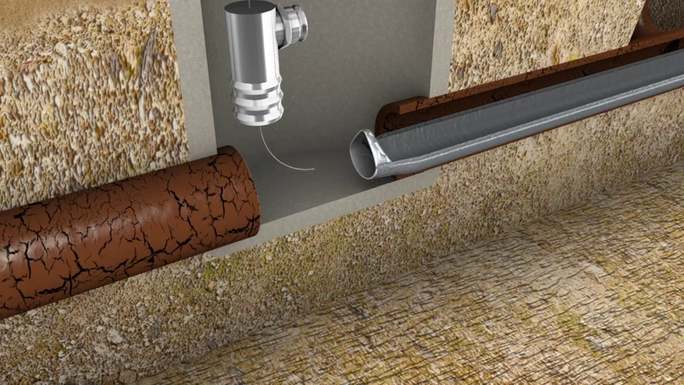
Commercial property owners and managers are turning to CIPP repair to eliminate the hassle of traditional pipeline repair for their business. A fully functioning sewer system is important for business in several ways. But, root intrusion, aging pipelines, ground movement, and calcification can damage pipes and require costly repairs that disrupt the way your business […]
Read MoreWhy Choose CIPP for Sewer Repair
August 24, 2017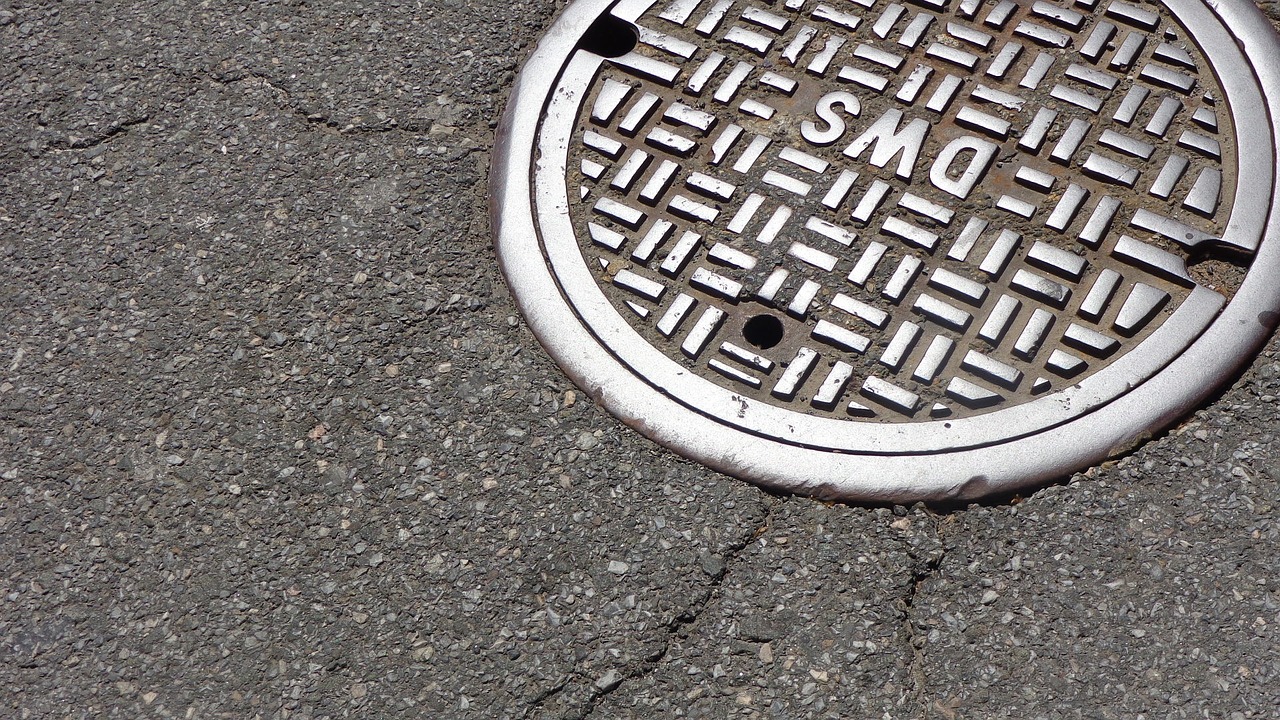
Cured-in-place pipe (CIPP) lining continues to be a popular alternative when it comes to sewer repair. Because this repair method involves creating a new pipe within the existing pipe, there is no need to dig, making traditional pipe repair less appealing. In the same way, CIPP is beneficial when it comes to repairing sewer pipes. […]
Read MoreWhy CIPP is a Top Choice for Fixing Sewers?
July 31, 2017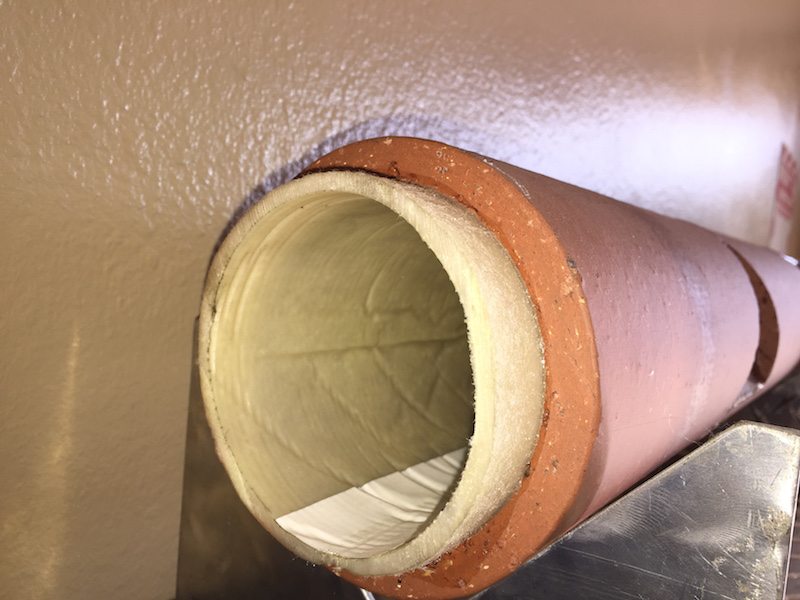
The advent of cured-in-place pipe (CIPP) brought about a revolution in repairing buried pipelines. Decades after the invention, it has become one of the go-to ways to repair slow flowing, damaged industrial sewage lines. The process is smooth and efficient and comes with several intrinsically valuable solutions that make it perfect for sewers, we’ve noted […]
Read MoreWhy is CIPP still gaining popularity in the US?
July 28, 2017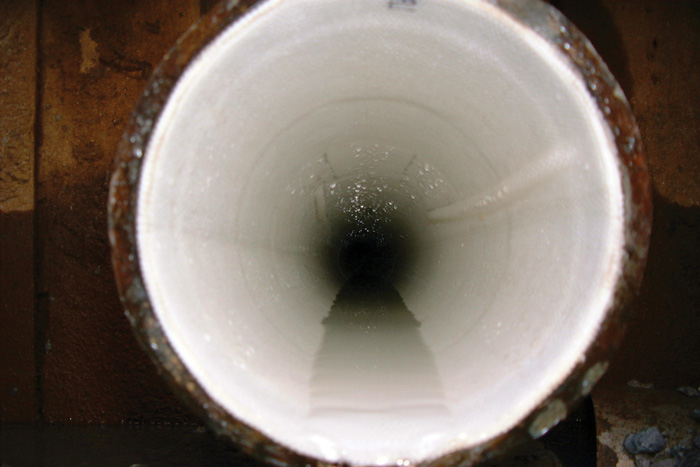
Cured-in-place pipe, otherwise known as CIPP, has now been around for over twenty years. Over that time, CIPP has continued to gain steady traction and market share in the US economy. The question is why? Many people still do not know about CIPP or why it can be so much more beneficial to use CIPP […]
Read MoreHow Directional Drilling Preserves Nature
July 26, 2017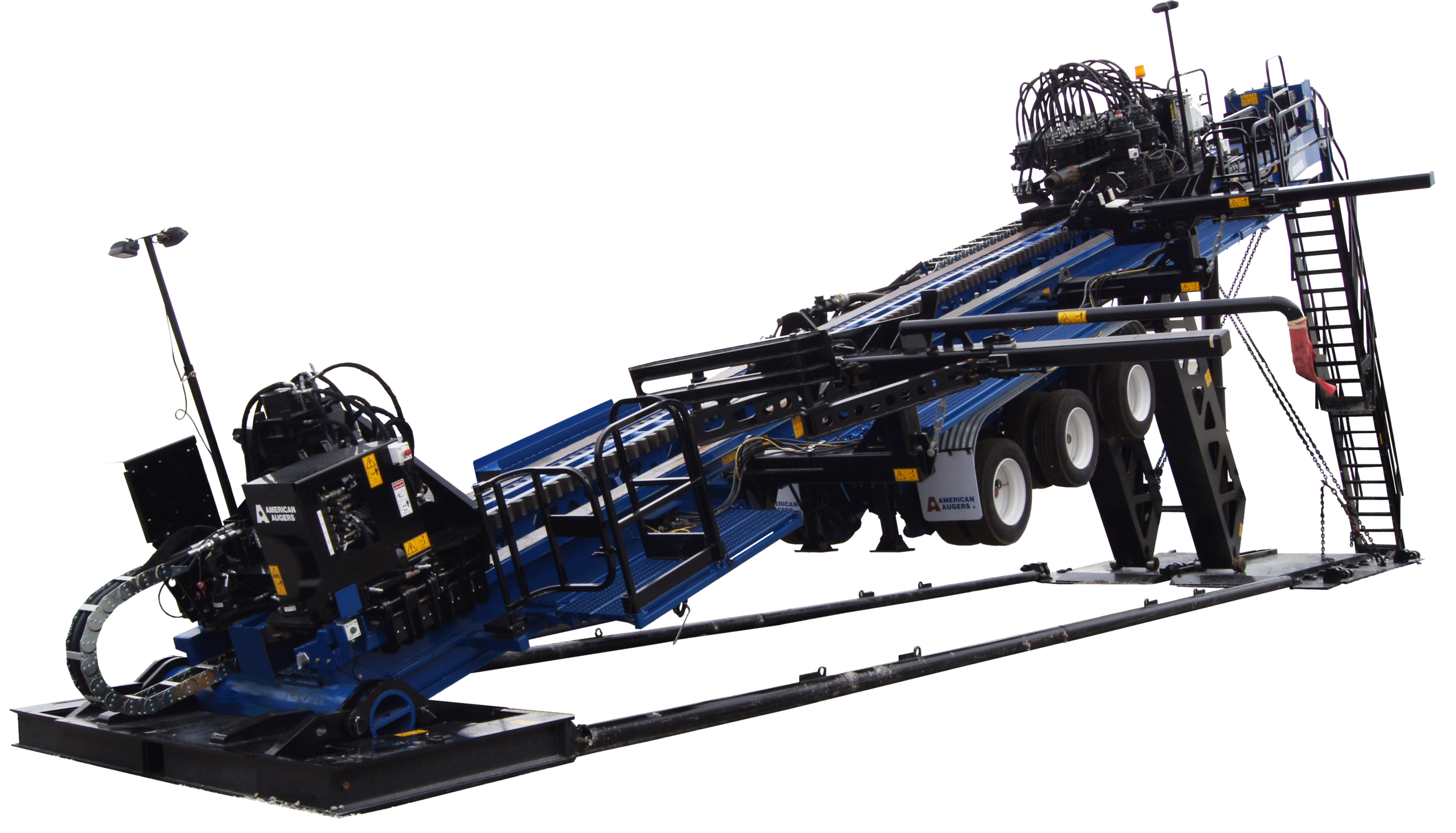
Drilling of all kinds is regularly under fire from all directions because of environmental issues. Destruction of land, animal habitats, and carbon emissions are some of the most common complaints, but they only scratch the surface. The reality is that drillers don’t want to hurt nature, in fact, many want to conserve it. One drilling […]
Read MoreThe Basics of Directional Boring in Trenchless Technology
June 12, 2017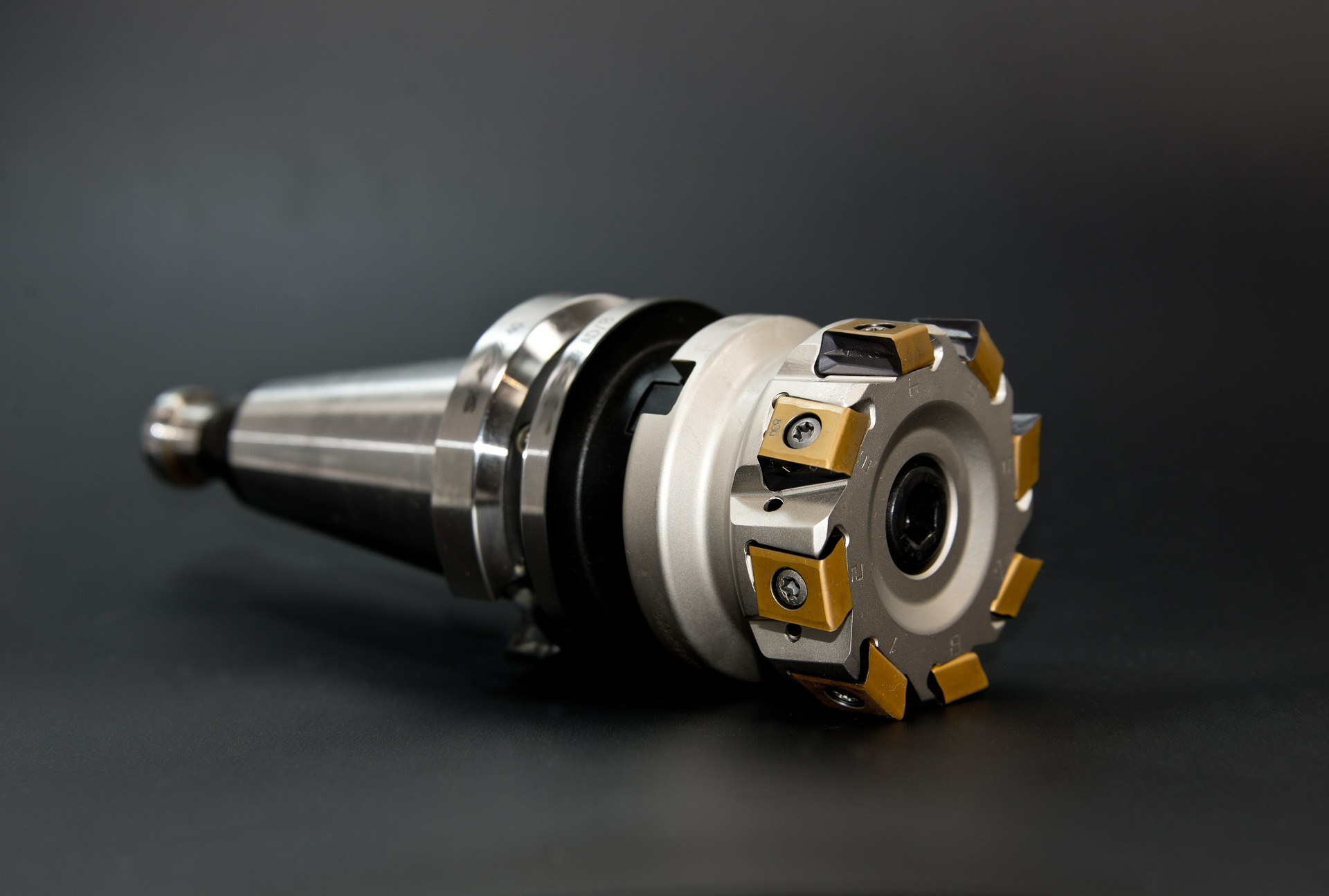
Directional boring makes trenchless technology an incredibly versatile way to place drains and pipes. Directional boring makes room in the ground for a new pipe, allowing trenchless technology to avoid obstacles and problems in its path. CIPP technicians can determine if you need directional boring to lay your pipework, and if so, give you an […]
Read MoreDangers of Rusted Pipes and How to Fix Them
May 29, 2017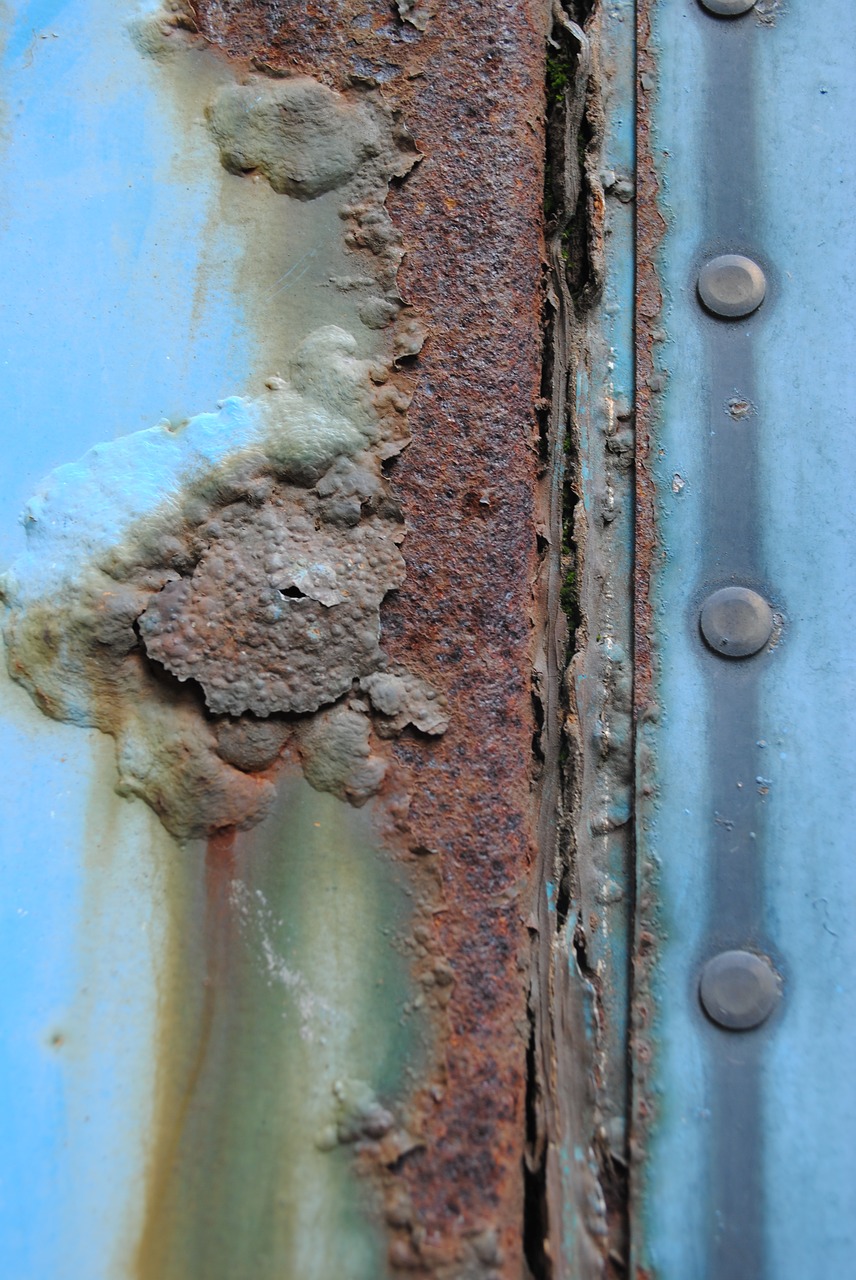
Rusted pipes pose a significant threat to your structure’s foundation. While rust itself doesn’t pose the threat of lead to humans and nature alike, rusted water is ruined for most purposes. Attempting to remove rusted pipes the traditional way can result in flaking, disintegration, and a lot of effort for a minimal reward. Cured in […]
Read MoreThe Two Types of Trenchless Sewer Repair
May 22, 2017
There are two main types of trenchless sewer repair. Either type works in a situation where you don’t want to go through the work and bother of digging up your sewer lines. These two kinds of trenchless sewer repair are pipe bursting and CIPP. One or the other could be the solution to your plumbing […]
Read MoreSigns that Your Pipes Need CIPP Relining
May 8, 2017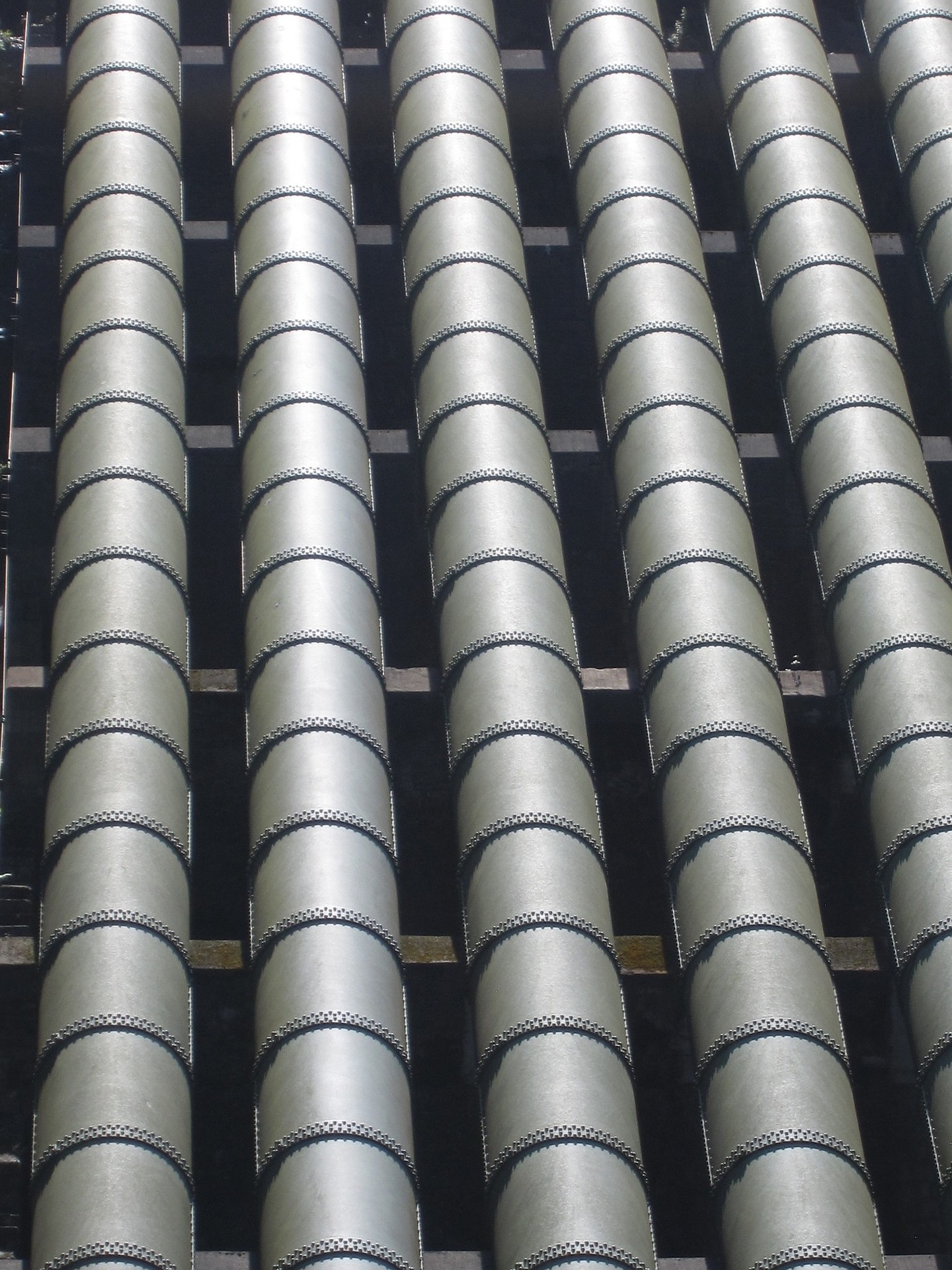
Pipe relining is a quick way to put a stop to ongoing pipe problems. Cured in place pipes (or CIPP) are strong, durable, seamless pipes. They can stand up to a variety of chemicals that cause oxidation and corrosion in metal pipes. Additionally, they’re strong against intrusive roots. If you have these problems, pipe relining […]
Read MoreWhat Does “Relining” a Pipe Mean?
April 27, 2017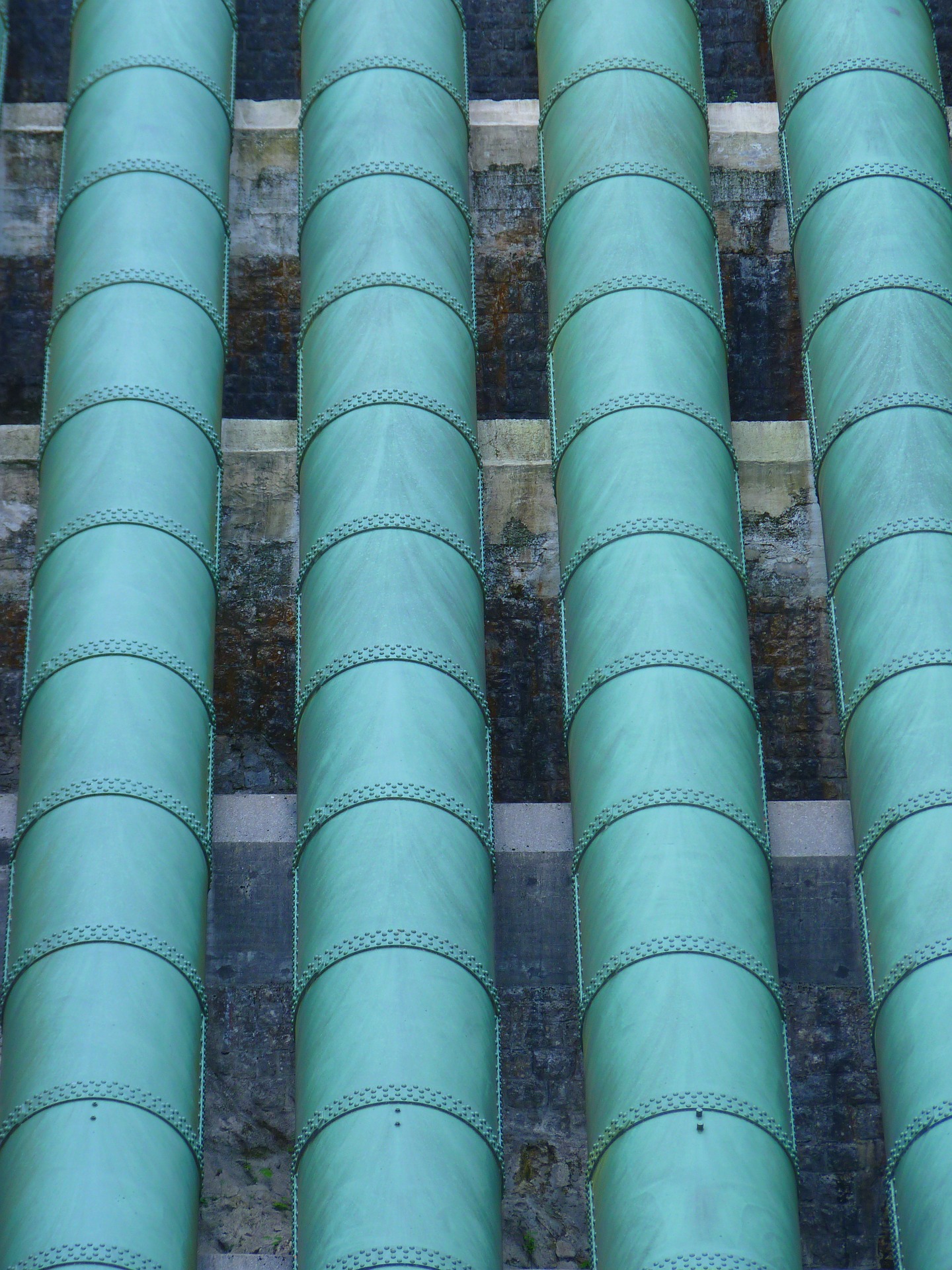
In any discussion of pipe repair and replacement, “relining” is typically brought up as one of the key oppositions to traditional pipe repair. You can dig pipes up and physically replace them with new pipes, or you can reline your pipes. However, most discussions don’t go into what relining actually means, what its advantages are, […]
Read MoreAdvantages of Renewing Instead of Replacing Pipes
March 22, 2017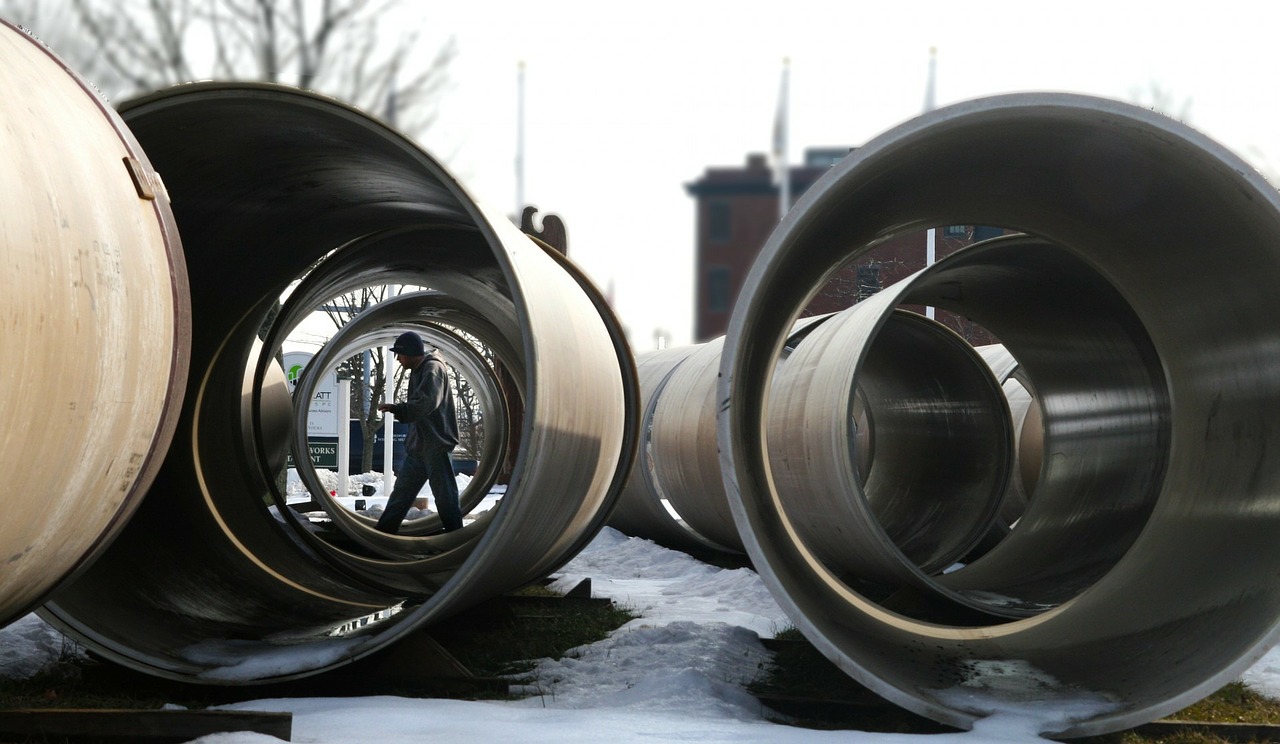
Pipe renewal is the term given to the process of CIPP or trenchless repair of existing pipes. It involves relining or otherwise repairing your pipes so that they perform like they are new. Replacing your pipes is the more traditional approach to dealing with a broken pipe. Pipe replacement uses standard dig-and-replace methods. These two […]
Read MoreUnderstanding Trenchless Technology
March 8, 2017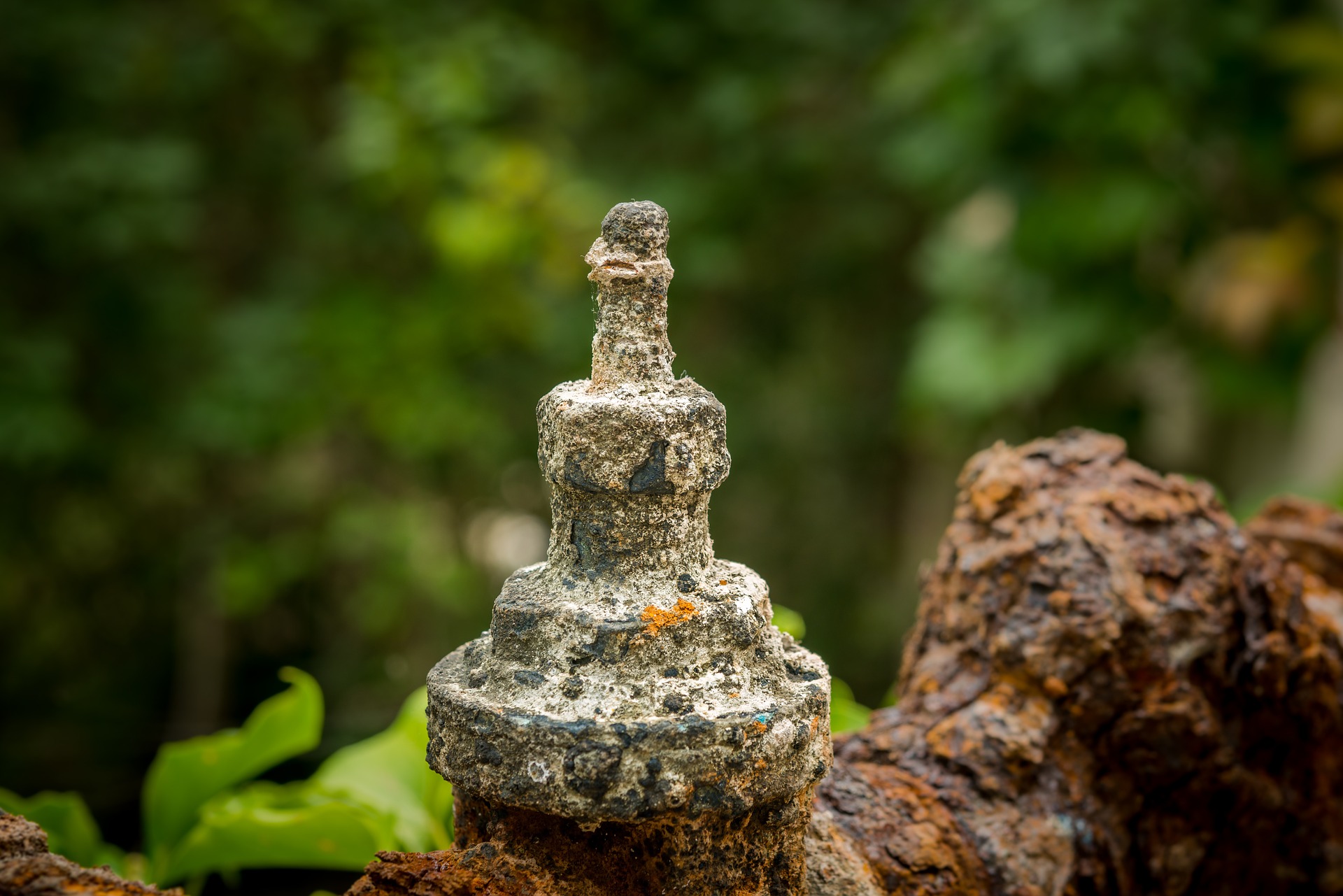
Trenchless pipe repair and rehabilitation technology like CIPP and others is the new best way to repair broken or outdated pipelines. In this article, we will delve into the basics of trenchless technology, its history, and the many methods involved in the process. As one of the single fastest-growing methods of rehabilitation in the industries […]
Read MoreThe Limits of Pipe Bursting
March 1, 2017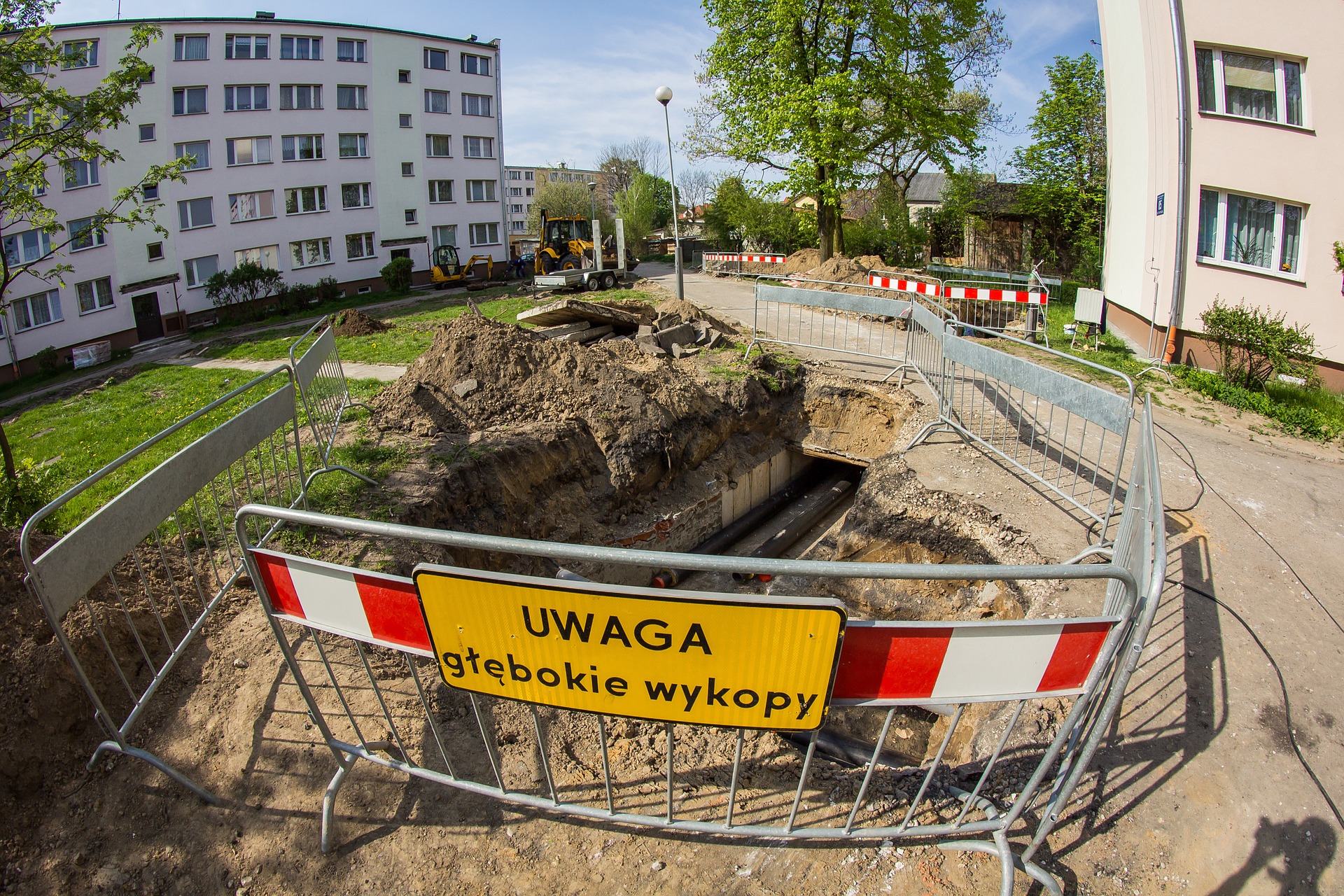
CIPP and other trenchless pipe replacement technologies, such as bursting have become far more popular today than they ever used to be. There are many applications of trenchless methods, but there are also limits that prevent or interfere with their use in specific situations. Here are some of the ways in which the limits of […]
Read MoreThinking of Using a Plumbing Franchise? Read This First!
February 27, 2017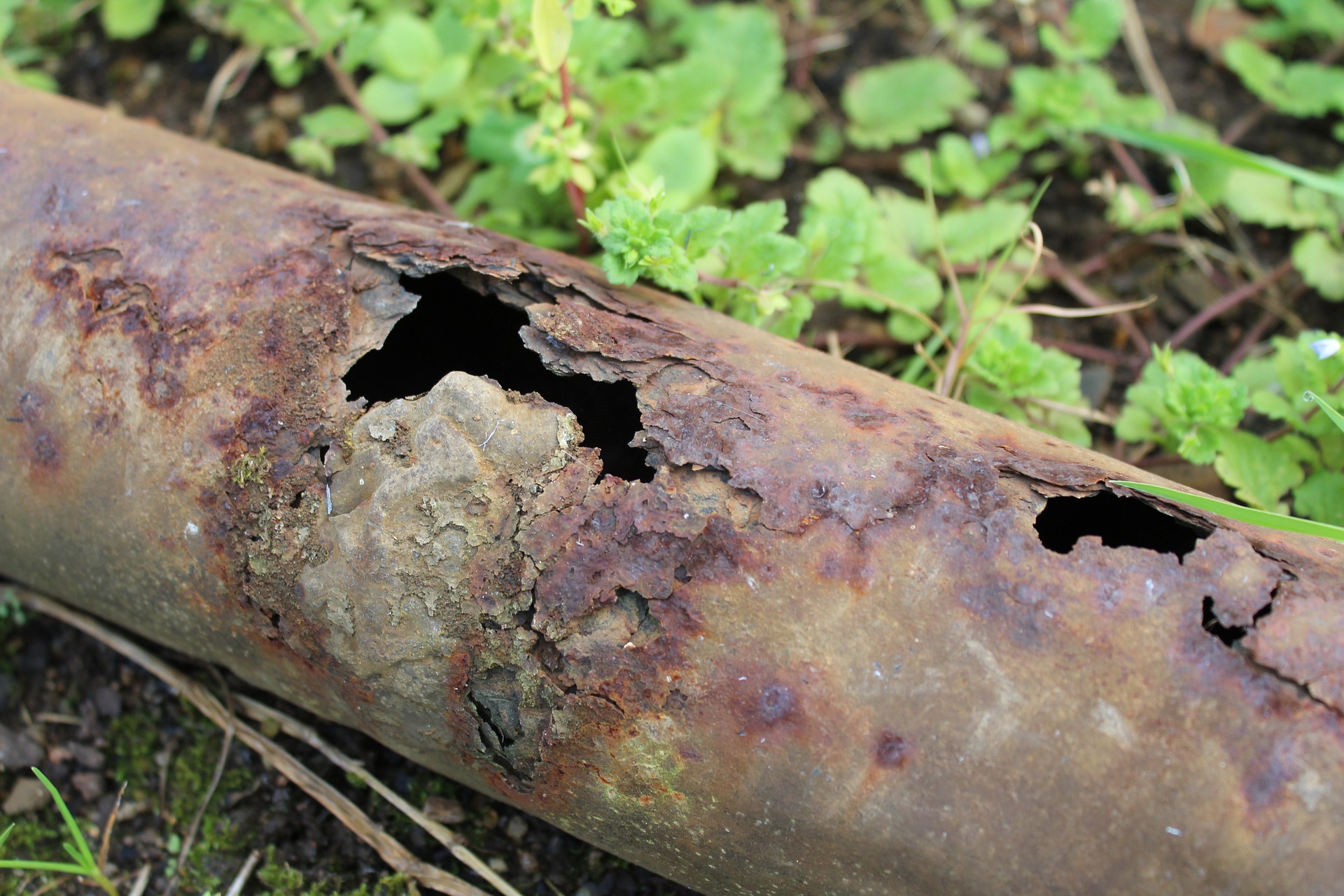
Are you considering switching over to a plumbing franchise’s services when replacing your broken pipes? You’ll want to weigh the pros and cons before making that choice. It could cost you significantly more to repair your pipes in the traditional way than when you use CIPP (Cured-In-Place Pipes). The benefits of CIPP repair far outweigh […]
Read MoreWhen is Pipe Bursting Necessary
February 15, 2017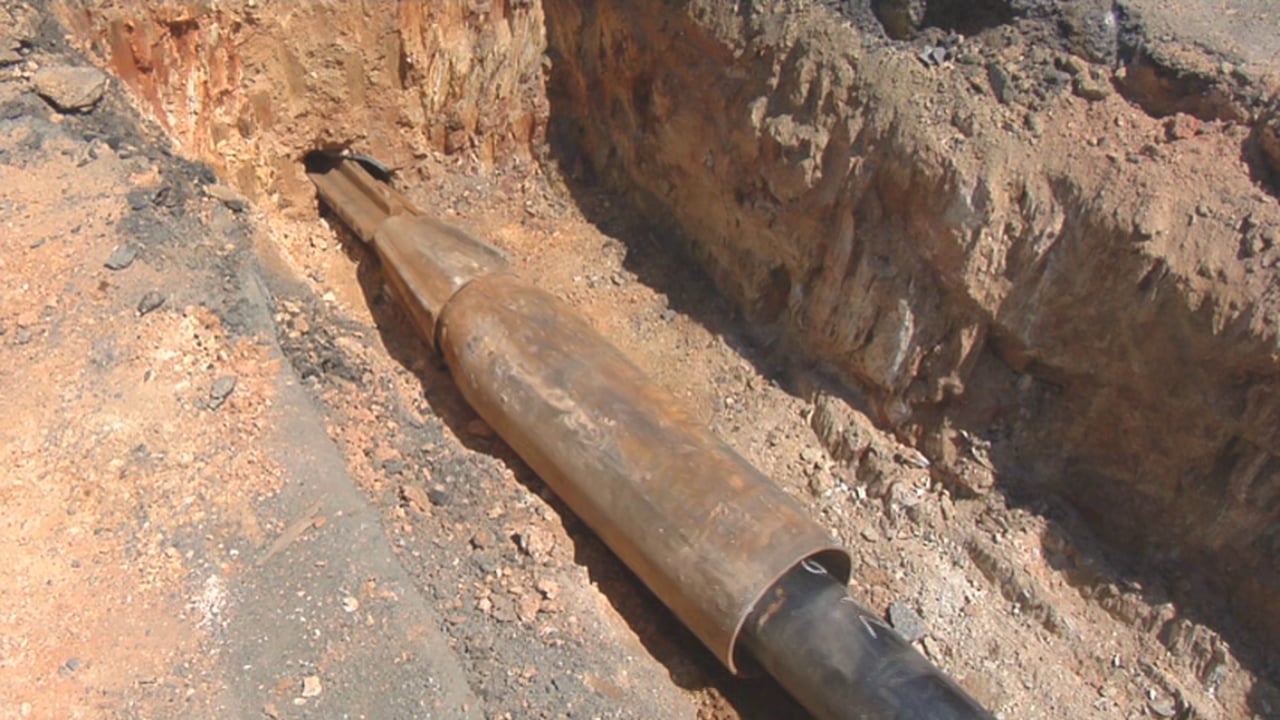
Tricky pipes may need special procedures. When is something like pipe bursting necessary? How does it compare to other modern plumbing techniques?
Read MoreThree Things CIPP Technicians Evaluate During Inspection
February 8, 2017
CIPP technicians need to inspect pipes before they can install CIPP. Whether you’re just looking for an estimate or you are preparing for CIPP installation, it helps to understand what they’re looking for. There are three main areas that CIPP technicians will inspect. Damage to your pipe, the location of connections, and how clean your […]
Read MoreHow You Are Involved in the CIPP Repair Process
February 3, 2017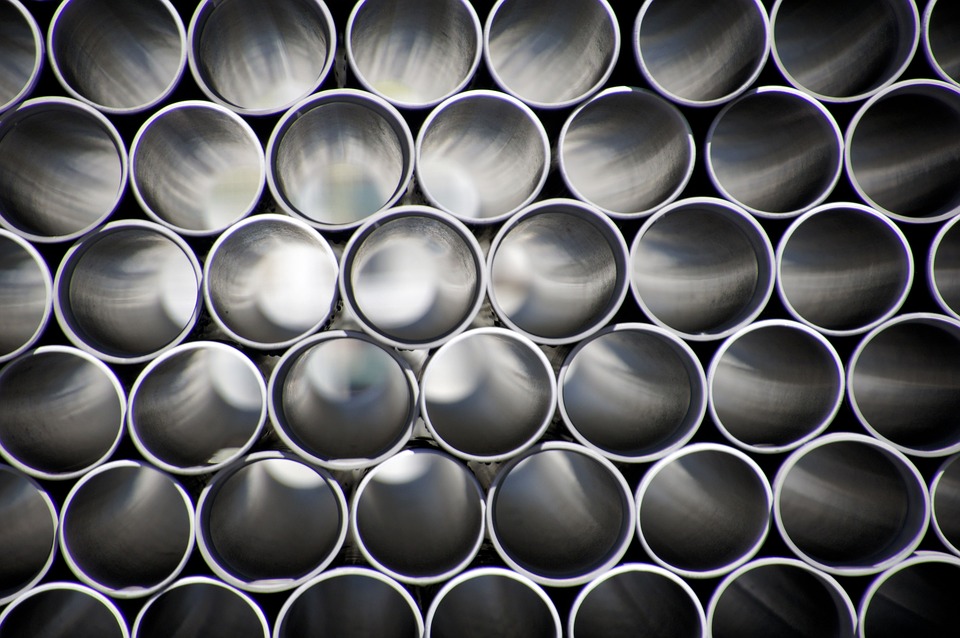
CIPP repair is better than most kinds of pipe repair, but it’s a different experience for plumbers and customers alike. In addition to being gentle on your landscaping, CIPP repair offers the clients a chance to see evidence of their plumbers’ good work with their own eyes. Ultimately, CIPP requires more customer involvement than typical […]
Read MoreWhat Type of Pipe is Used for CIPP Repair?
February 2, 2017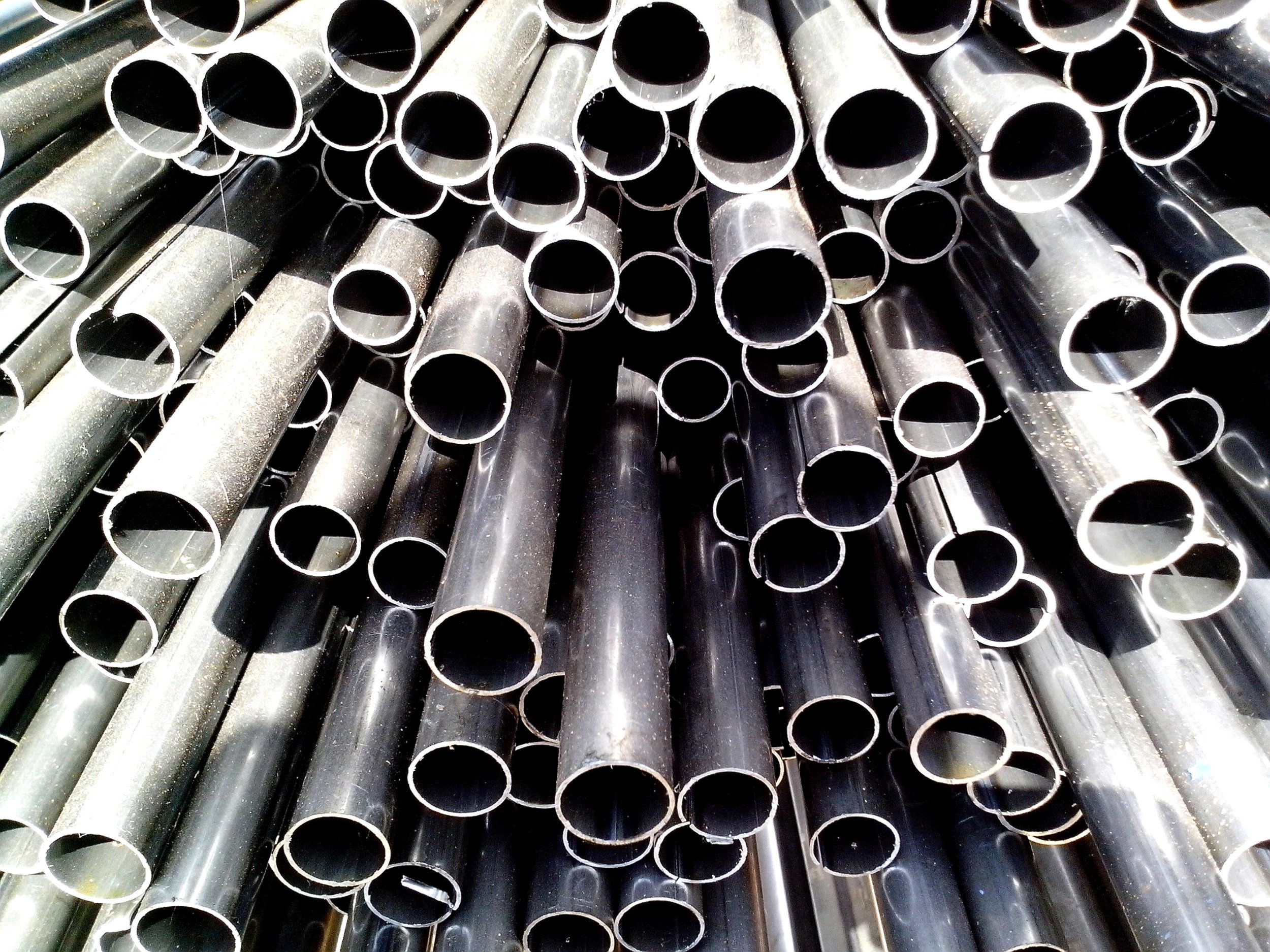
CIPP is an innovative plumbing technique that allows plumbers to make most pipe repairs and replacements without digging trenches. By combining pressure and state of the art materials, plumbers can now build new pipes from the inside out. What exactly do they use for these replacements and repairs, though? What kind of materials do they […]
Read MoreWhy 2017 Is the Year for CIPP Technology
January 18, 2017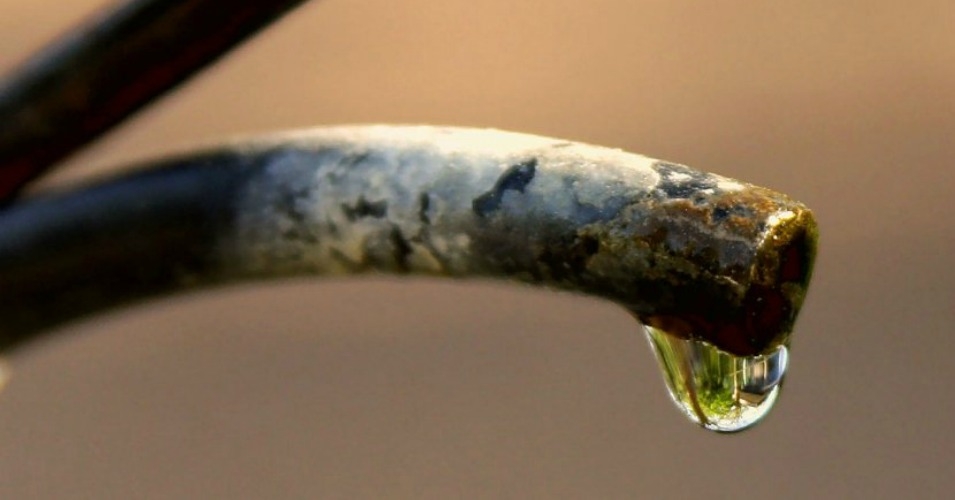
How and why CIPP technology is the answer to replace America's aging pipeline infrastructure.
Read More